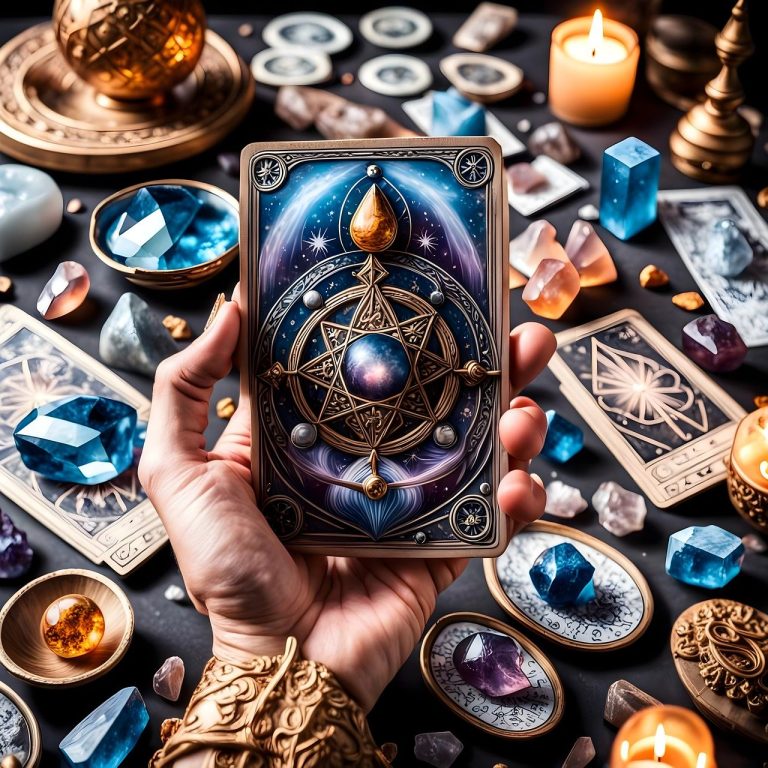
Welcome to the world of tarot cards! In this post, we’ll introduce you to the fascinating realm of tarot reading and provide a solid foundation for beginners. Whether you’re curious about tarot or looking to deepen your understanding, this guide will cover the basics and get you started on your tarot journey.
The History and Symbolism Behind Tarot Decks
Tarot cards have been used for centuries as a tool for self-reflection, divination, and guidance. The earliest known tarot decks date back to 15th-century Italy, where they were used in games like Tarocchi. Over time, the symbolism and meanings of the cards evolved, incorporating elements from various cultures and spiritual traditions. A standard tarot deck consists of 78 cards, including:- 22 Major Arcana cards, which represent major life themes, archetypes, and transitions
- 56 Minor Arcana cards, divided into four suits (Wands, Cups, Swords, and Pentacles), each with its unique symbolism
Choosing a Tarot Deck that Resonates with You
With so many tarot decks available, it’s essential to find one that resonates with your energy and style. Consider the following factors:- Theme: Do you prefer classic and traditional or modern and whimsical?
- Artwork: Are you drawn to detailed illustrations or more abstract designs?
- Energy: Does the deck have a calming or uplifting vibe?
- Rider-Waite-Smith Tarot
- Marseille Tarot
- Wild Unknown Tarot
Basic Tarot Spreads for Beginners
A tarot spread is a specific pattern used to lay out cards and interpret their meanings. Here’s a simple three-card spread to get you started:- Past-Present-Future: Place the first card on the left (past), second in the middle (present), and third on the right (future).
- Past: Reflects what has led up to this moment
- Present: Reveals your current situation or mindset
- Future: Indicates potential outcomes or guidance
Tips for Interpreting Tarot Card Meanings
When interpreting tarot cards, remember:- Consider the card’s symbolism: Look at the imagery and themes on each card.
- Pay attention to positions: The position of a card in the spread can influence its meaning.
- Trust your intuition: Allow yourself to connect with the energy of the cards.
Resources for Further Learning and Practice
To deepen your understanding of tarot, explore these resources:- Online courses: Websites like Udemy, Coursera, or Tarot.com offer a range of courses and tutorials.
- Books: “The Complete Book of Tarot Reversals” by Mary K. Greer is an excellent resource for beginners.
- Practice: Start with simple spreads and gradually move on to more complex ones.